Home>Ideas and Tips>Indoor Orchid Care Tips: Exotic Blooms Year-Round
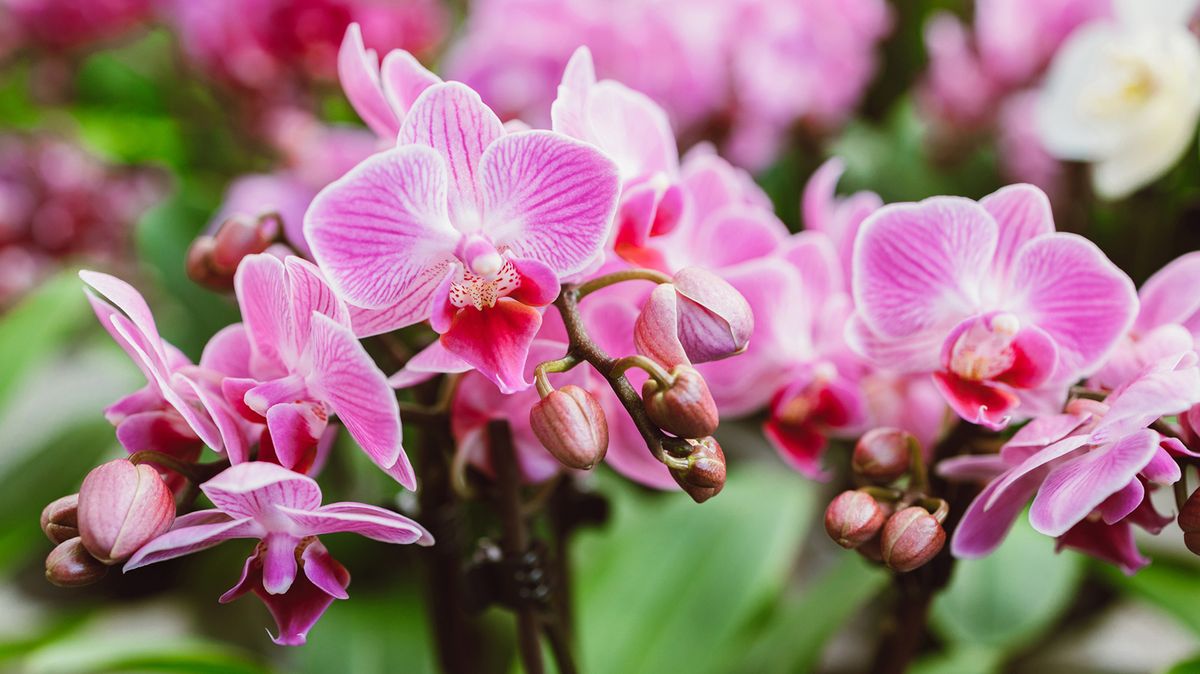

Ideas and Tips
Indoor Orchid Care Tips: Exotic Blooms Year-Round
Published: September 23, 2024
Discover essential indoor orchid care tips to keep your exotic blooms thriving year-round. Learn about lighting, watering, humidity, and more.
(Many of the links in this article redirect to a specific reviewed product. Your purchase of these products through affiliate links helps to generate commission for Storables.com, at no extra cost. Learn more)
Orchids have long been a favorite among plant enthusiasts due to their exquisite beauty and relatively low maintenance. These exotic blooms can add a touch of elegance to any home, and with the right care, they can thrive indoors year-round. In this article, we will delve into the essential tips for caring for your indoor orchids, ensuring they continue to bloom beautifully and remain healthy.
Understanding Your Orchid
Before we dive into the care tips, it's important to understand the basics of orchid care. Orchids come from a variety of environments, ranging from tropical regions to cooler climates. This diversity means that different types of orchids have specific needs, but there are some general guidelines that apply to most varieties.
Types of Orchids
There are over 30,000 species of orchids, each with its unique characteristics and requirements. Some popular types include:
- Moth Orchids (Phalaenopsis): These are one of the most common types of indoor orchids. They prefer bright but indirect light and can tolerate a wide range of temperatures.
- Dendrobium Orchids: These orchids require more light than moth orchids and can be grown in a variety of conditions.
- Vanda Orchids: These orchids need full sun and high humidity, making them more challenging to care for indoors.
- Cymbidium Orchids: These orchids prefer cooler temperatures and can be grown outdoors in the summer months.
Understanding the specific needs of your orchid variety is crucial for providing the best care.
Lighting
Lighting is one of the most critical factors in orchid care. Orchids generally prefer bright but indirect light. Direct sunlight can scorch the leaves and burn the blooms, so it's essential to place your orchid in a spot that receives filtered sunlight.
East- or West-Facing Windowsills
An east- or west-facing windowsill is often perfect for most orchids. These windows receive gentle morning or afternoon sunlight, which is ideal for promoting healthy growth and blooming.
Special Cases
Some orchids, like Vanda orchids, require full sun. However, even these plants should be protected from intense midday sun to prevent damage. For moth orchids and other cool-growing orchids, an east- or west-facing window is usually sufficient.
Monitoring Leaf Health
The health of your orchid's leaves can serve as an indicator of whether it is receiving enough light. Dark green leaves indicate that the plant is not receiving enough light, while light green leaves with yellow tones suggest that the plant is receiving sufficient light to bloom.
Watering
Watering is another crucial aspect of orchid care. Overwatering is the most common cause of death for indoor orchids, so it's essential to get this right.
Frequency of Watering
The frequency of watering depends on the season. During the summer months, orchids typically need water once a week. In the winter and spring months, you can reduce this to once every two weeks.
Checking for Moisture
To avoid overwatering, it's important to check the moisture level of the potting mix. Lift the pot gently to check if it feels heavy or light. Water only when the pot feels light, as this indicates that the potting mix has dried out.
Watering Techniques
There are two common methods for watering orchids:
- Dunking Method: Submerge the entire pot in water for a few minutes, then drain thoroughly. This method ensures that the roots are fully saturated without leaving excess water in the pot.
- From Above Method: Water the orchid from above, allowing the pot to drain completely. This method is safer for plants with aerial roots.
Avoiding Root Rot
Orchid roots are very susceptible to root rot, so it's crucial to ensure that they never sit in water. Always use tepid water and avoid getting water on the leaves or flowers to prevent rot and other issues.
Temperature
Temperature requirements vary between different orchid types, but most prefer a range between 50°F (10°C) and 85°F (30°C). Some orchids, like moth orchids, prefer warmer temperatures around 65-80°F (18-27°C), while others like cymbidiums can tolerate cooler conditions.
Night Temperature
Lowering the night temperature by 5-10°F (3-6°C) can often encourage blooming. This slight drop in temperature can signal to the plant that it's time to produce flowers.
Humidity
Orchids thrive in humid environments, typically between 40-70% relative humidity. In most centrally heated homes, the air is dry, so it's necessary to increase the humidity around your orchid.
Misting
Misting the foliage every two to three days using tepid water can help maintain the desired humidity level. Avoid spraying the flowers as this can cause them to become marked by water.
Humidity Trays
Placing the pot on a tray filled with damp gravel can also help increase the humidity around your orchid. This method is particularly useful if you have a few plants in one area.
Bathroom Placement
One of the best places for an orchid in your home is the bathroom. The humidity given off from regular showers and baths can be enough to sustain orchid-friendly humidity levels.
Fertilizing
Fertilizing your orchid is essential during the growing season, which typically includes spring and summer months. Use a liquid fertilizer specifically formulated for orchids and follow the instructions on the label.
Avoiding Overfertilization
Orchids do not require a lot of fertilizer, so it's easy to overfertilize them. Start with a weak solution and gradually increase the strength as needed. Overfertilization can lead to burning of the roots and other damage.
Pruning
Pruning is an important part of maintaining your orchid's health and encouraging reblooming.
Removing Faded Blooms
The most important thing to keep in mind when pruning is to make clean cuts on your plant. Remove faded blooms by cutting back to the main branch of the plant. This will prevent the plant from spending energy on old growth.
Read more: Setting Up A Year-Round Indoor Herb Garden
Trimming Old Growth
If necessary, trim old growth to maintain the plant's shape and promote new growth. Use sharp and clean pruning shears to avoid damaging the plant.
Repotting
Repotting your orchid is necessary every two to three years to provide fresh potting soil and a larger pot if necessary.
Choosing the Right Pot
When repotting, choose a pot that is slightly larger than the previous one. Avoid using terracotta pots as the roots will fasten themselves to the surface, making it difficult to repot in future.
Fresh Potting Soil
Use a well-draining potting mix specifically designed for orchids. Fill in around the plant with fresh potting soil, making sure not to pack it too tightly around the roots.
Propagation
Propagating orchids can be done through pseudobulb or keiki (baby plant) methods.
Pseudobulb Propagation
Pseudobulbs are pod-like structures that grow directly below the leaves and have the potential to grow into new plants. Slice the stem into pieces, each with two or three pseudobulbs, and plant them into new pots using orchid planting medium.
Keiki Propagation
Keikis are offshoots from the mother plant that grow from buds on the cane. Leave them in place until they have sprouted new leaves and shoots around 2 inches (5cm) long. When root growth begins, remove the keiki and pot it up using orchid planting mix.
Encouraging Reblooming
Encouraging your orchid to rebloom involves understanding its blooming cycle and providing the right conditions.
Light and Temperature
Lack of light and incorrect temperature are the main factors preventing orchids from reblooming. Check that your orchid variety is compatible with its location, and consider moving it to a brighter spot if necessary. Seasonal temperature variation can also play a part, so moving the orchid to a cooler location after flowering may be beneficial.
Watering and Fertilizing Routine
Check your watering and fertilizing routine to ensure it is suitable for encouraging new flowers. While orchids don't like to sit in water, regular watering and fertilizing during growth periods are crucial for promoting blooming.
Common Mistakes to Avoid
While caring for orchids can be rewarding, there are several common mistakes to avoid:
- Overwatering: This is the most common cause of death for indoor orchids. Always check the moisture level before watering.
- Underwatering: While overwatering is worse, underwatering can still cause stress to the plant.
- Incorrect Lighting: Placing your orchid in direct sunlight can scorch the leaves and burn the blooms.
- Poor Humidity: Failing to maintain the right humidity level can lead to root rot and other issues.
- Inadequate Fertilization: Not providing enough fertilizer during the growing season can prevent blooming.
Conclusion
Caring for indoor orchids requires attention to detail but is rewarding when done correctly. By understanding the specific needs of your orchid variety, providing the right lighting, watering, temperature, and humidity conditions, fertilizing appropriately, pruning correctly, repotting when necessary, and avoiding common mistakes, you can enjoy exotic blooms year-round in your home. With these tips, you'll be well on your way to becoming an expert orchid caretaker and enjoying the beauty of these elegant plants for years to come.
By following these detailed care tips, you'll be able to keep your indoor orchids thriving and blooming beautifully, adding a touch of elegance and beauty to any room in your home.
Was this page helpful?
At Storables.com, we guarantee accurate and reliable information. Our content, validated by Expert Board Contributors, is crafted following stringent Editorial Policies. We're committed to providing you with well-researched, expert-backed insights for all your informational needs.
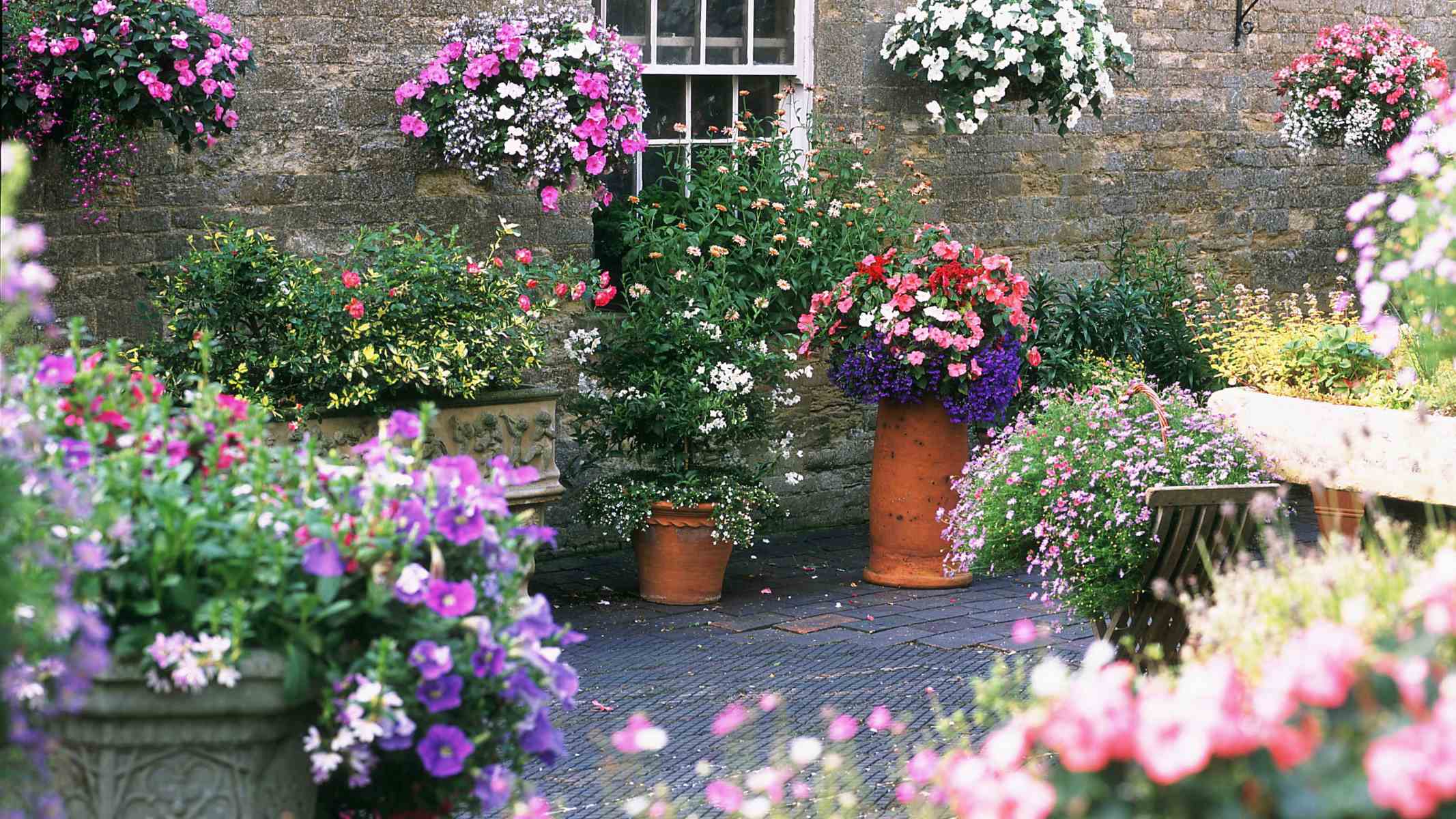
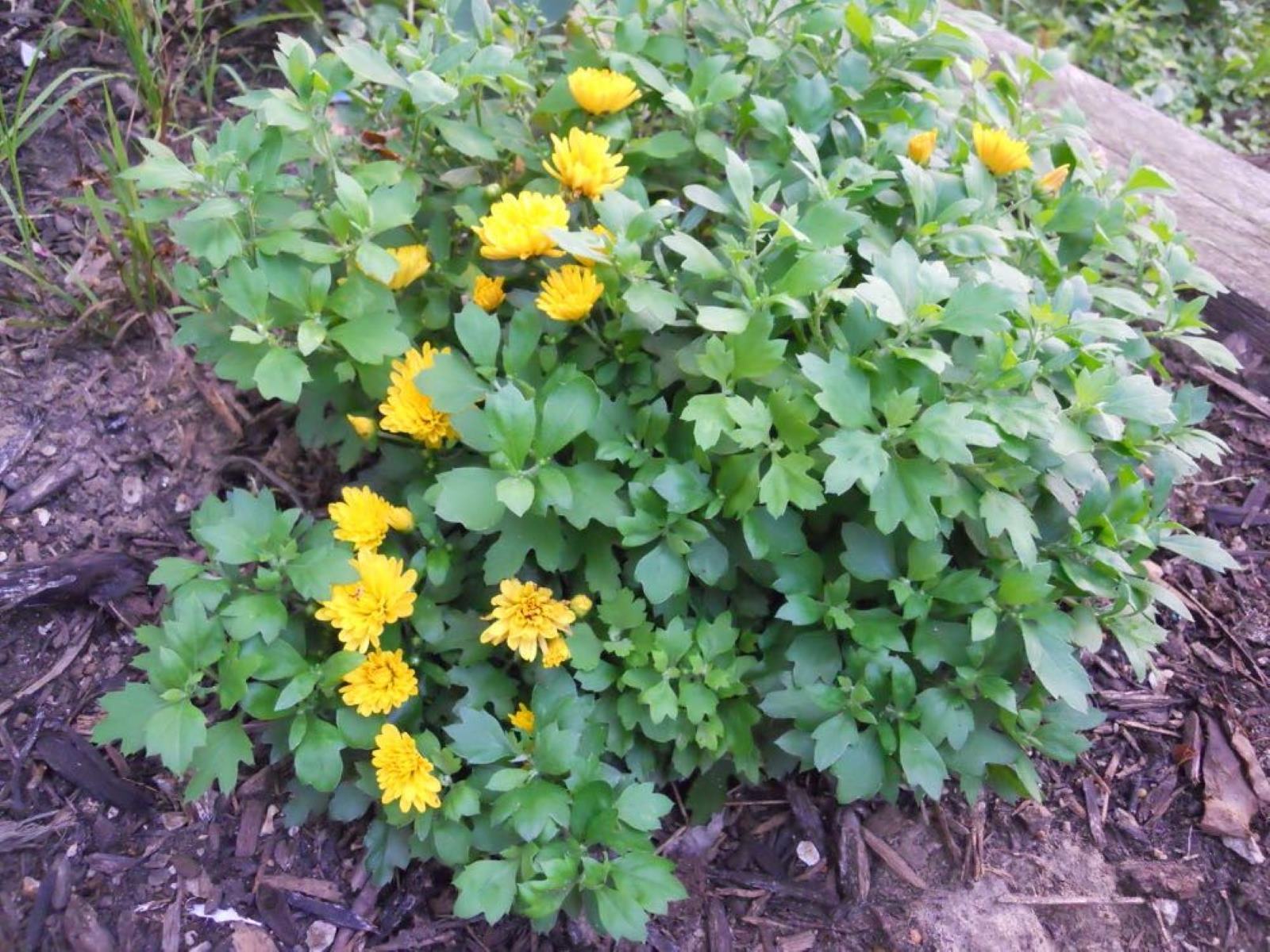
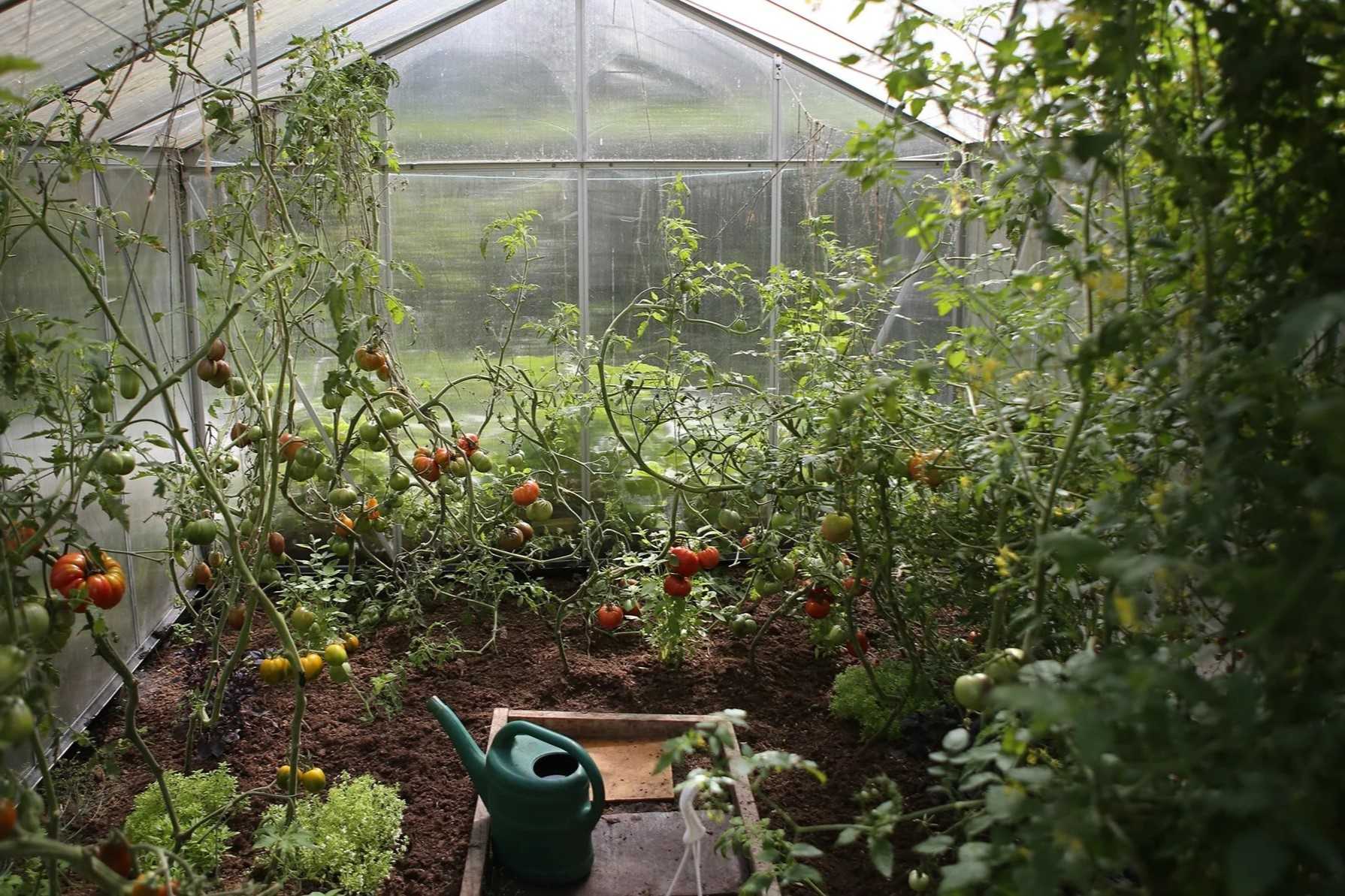



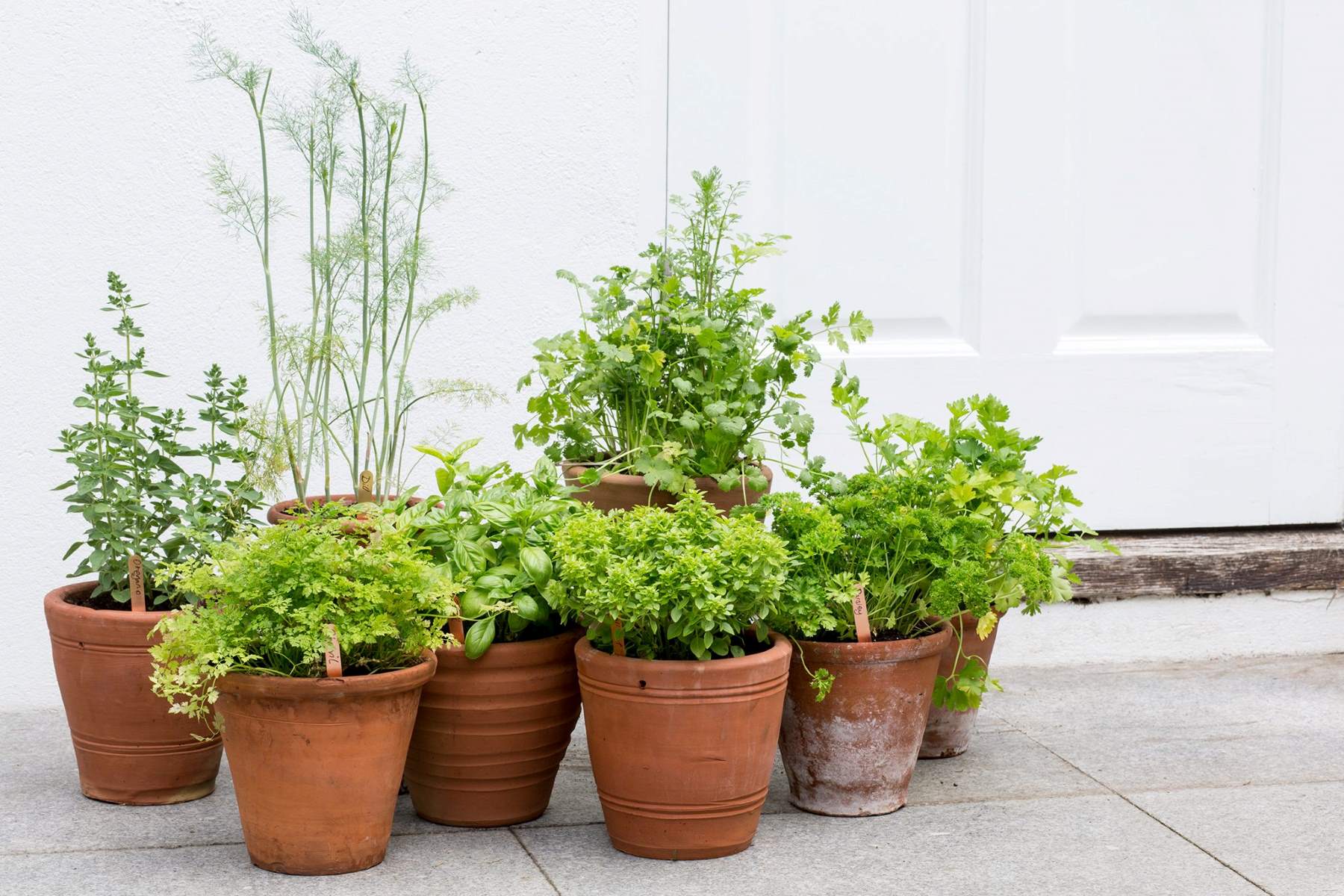
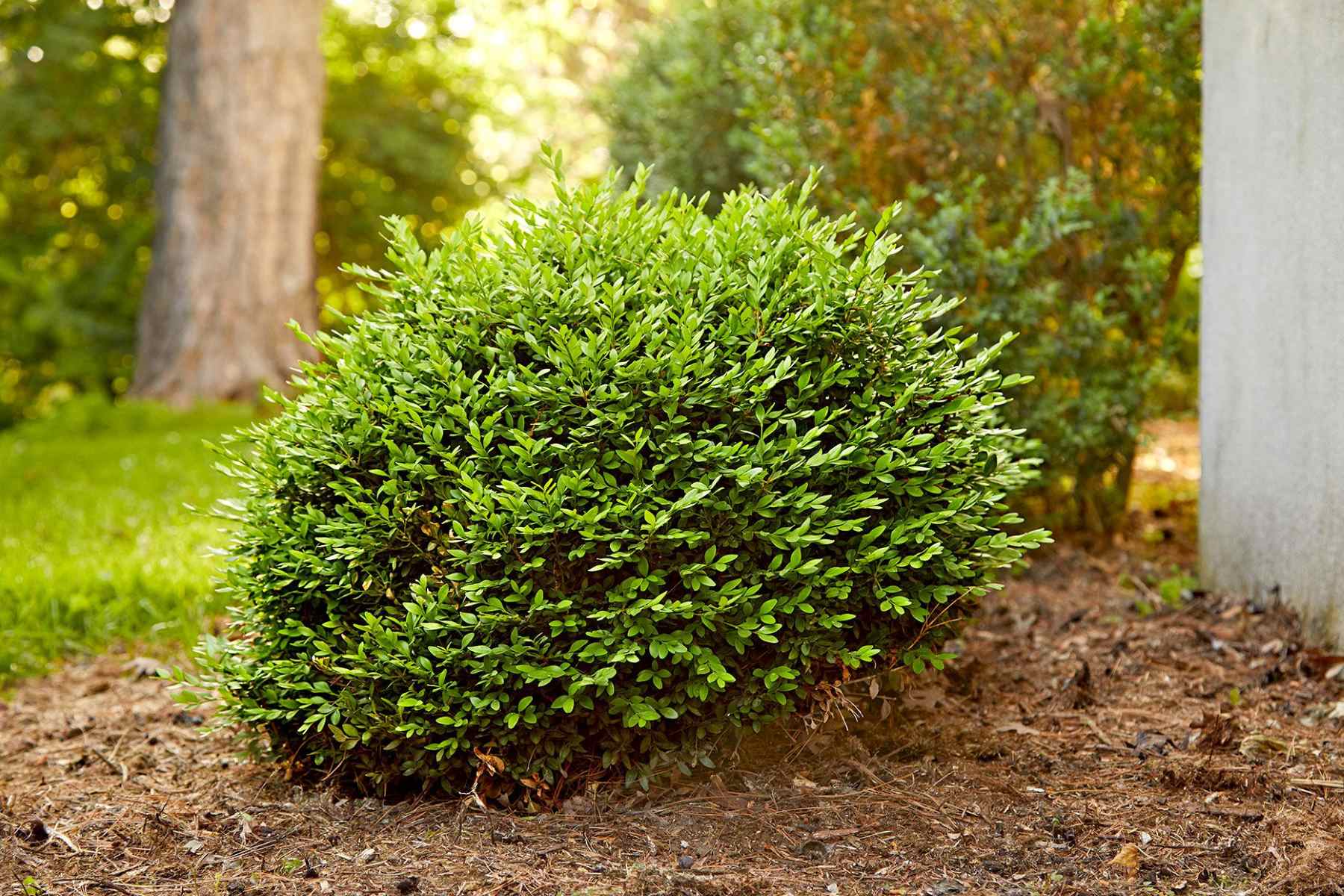

0 thoughts on “Indoor Orchid Care Tips: Exotic Blooms Year-Round”